Certificate of expertise from Alain Schoffel of February 1997
On the top of the statue's headdress, an old slit was plugged with wax by the previous owner, traces of polychromy and gilding on the necklace and bracelet , finely crafted turban .
Reserved for the aristocracy, the siraha salawa was displayed on a freestanding pole in the largest room of the house.
The powerful ancestor he represented served as a supernatural guardian and protector of the house.
As befitting their exalted status, the siraha salawa are depicted wearing the crowns, turbaned headdresses and other adornments which are the prerogative of the highest ranking nobles.
In northern Nias, male ancestors are depicted with a single earring on the right ear and a single bracelet on the right arm, while female ancestors wear pairs of matching earrings and bracelets.
Ono Niha men were usually clean-shaven, and the pronounced facial hai in the figure represents the ceremonial mustache (bu bawa ana'a) and golden beard that were worn by high-ranking men on festive occasions. Around his neck, the ancestor wears a kalabubu, a distinctive collar that marks his prowess as a warrior and, once, was reserved for men who had taken the head of an enemy. "The fine quality, the large size and the wealth of attributes indicate that the present siraha salawa belonged to a noble Ono Niha family and represents a distinguished and powerful ancestor-warrior.


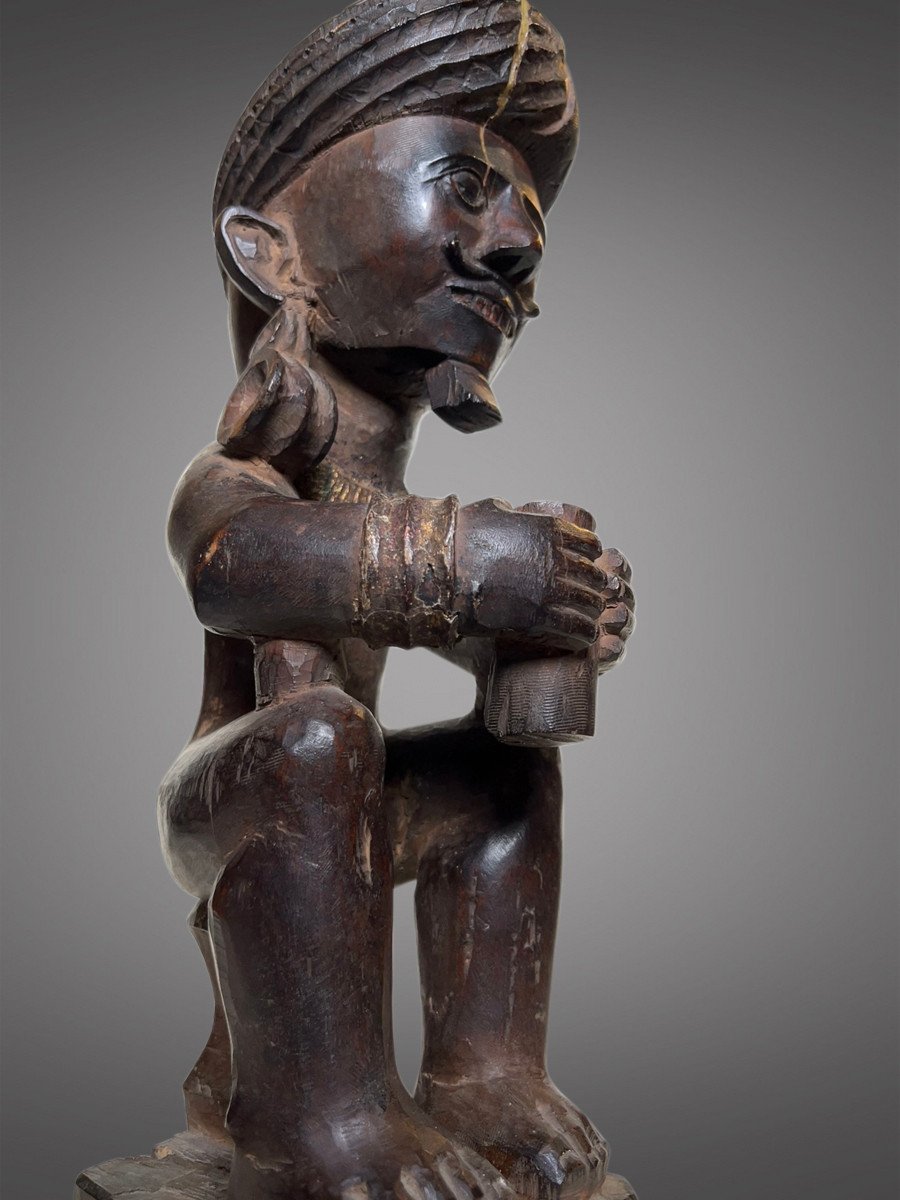

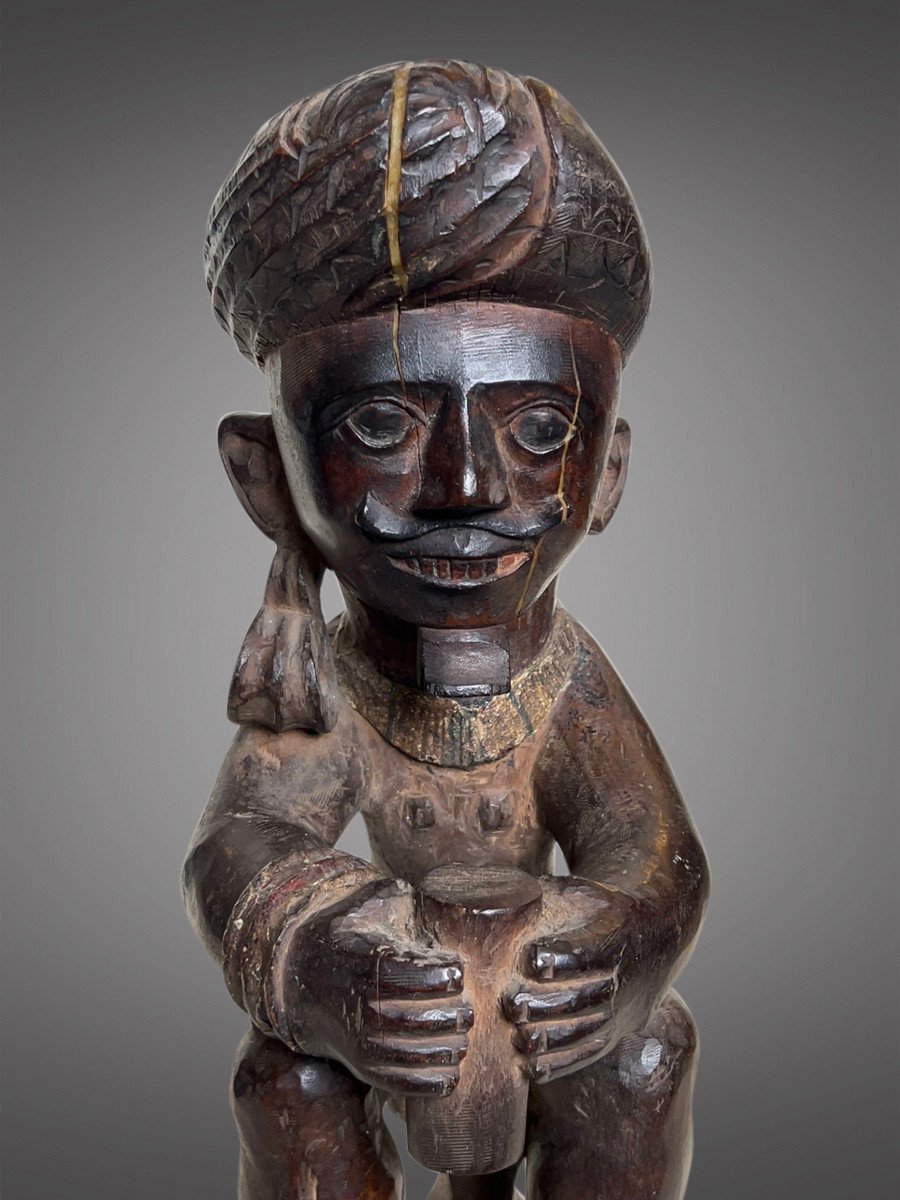
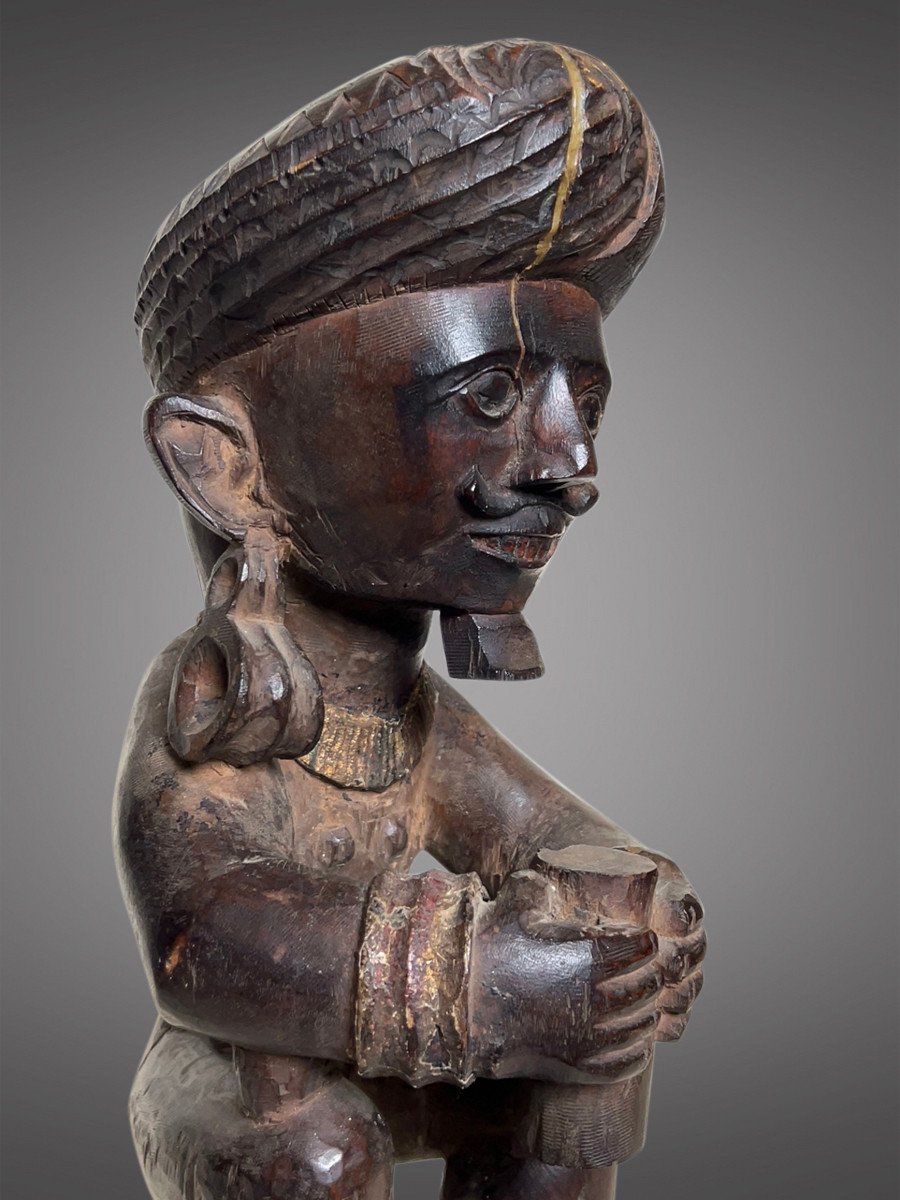
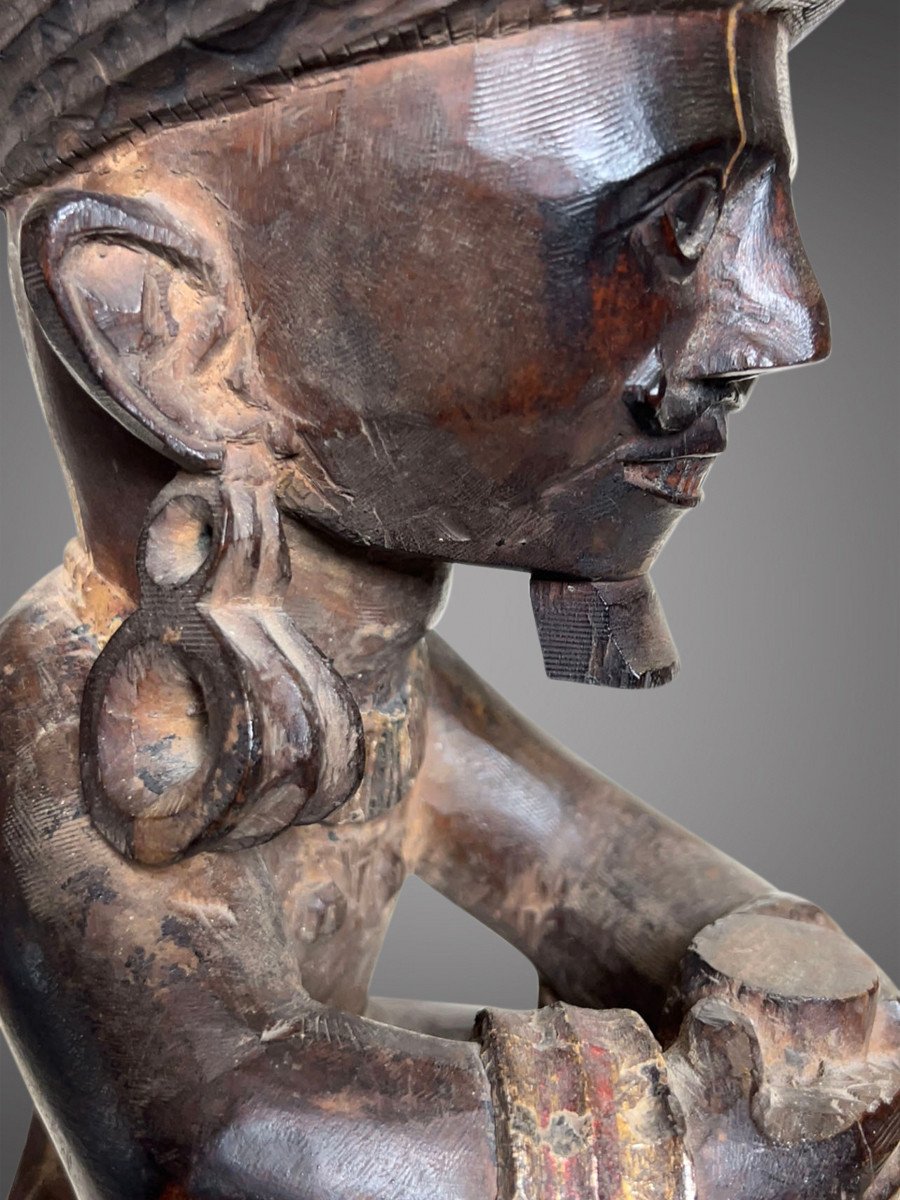
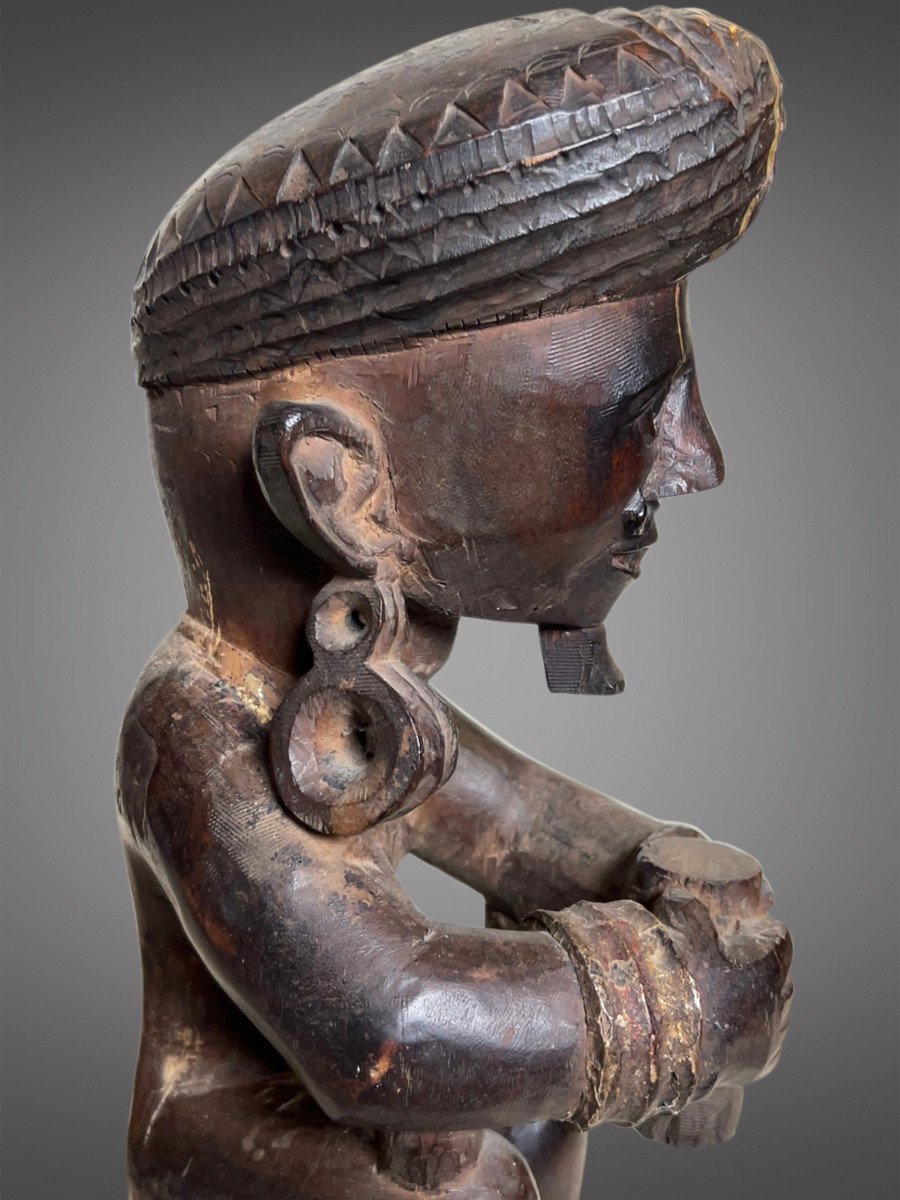
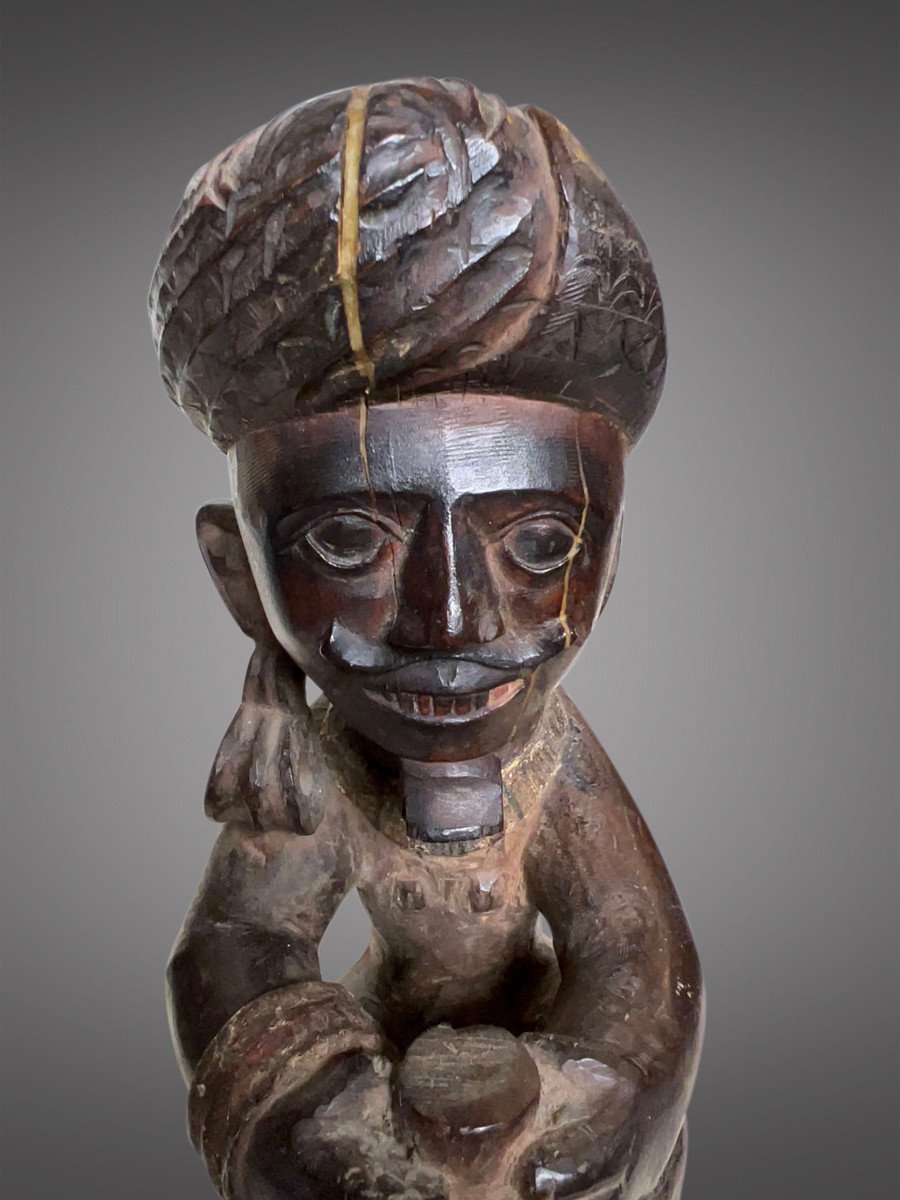



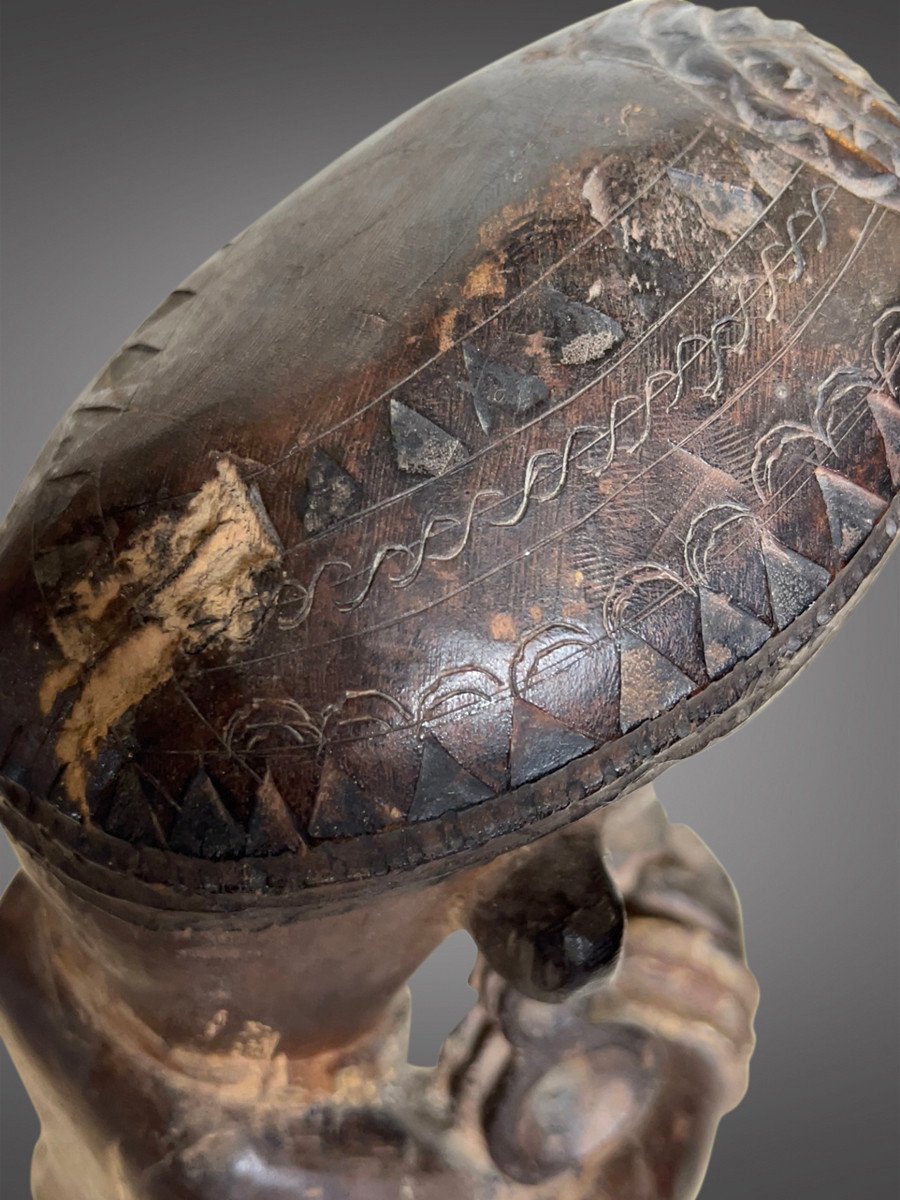













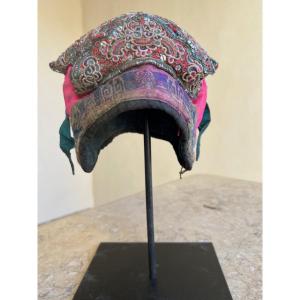


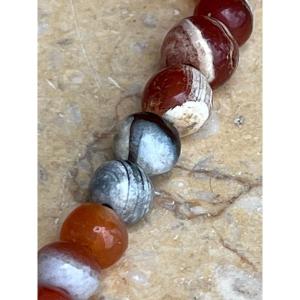
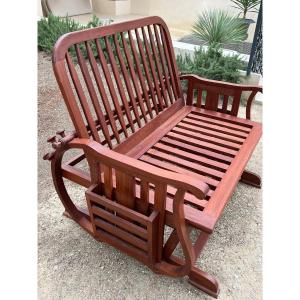


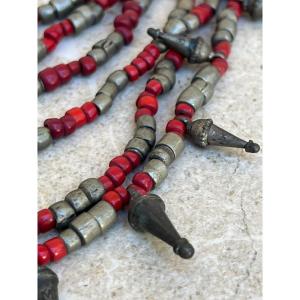

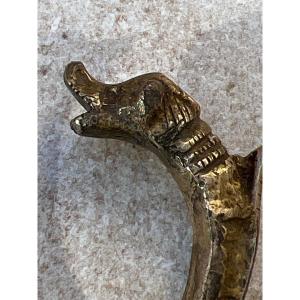
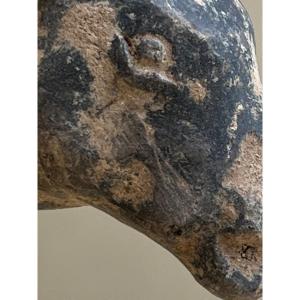
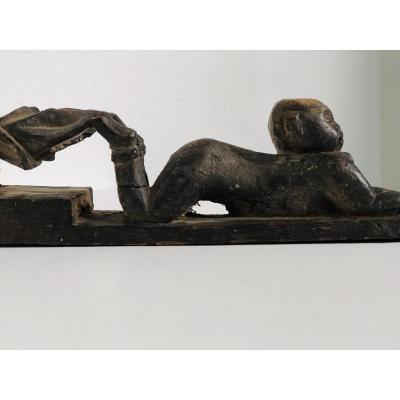
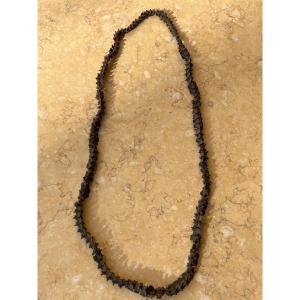

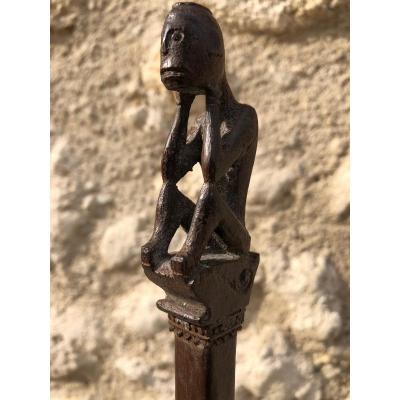




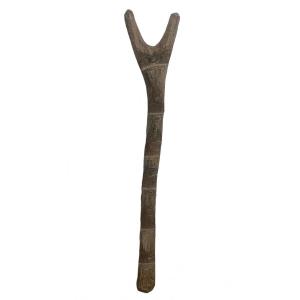



 Le Magazine de PROANTIC
Le Magazine de PROANTIC TRÉSORS Magazine
TRÉSORS Magazine Rivista Artiquariato
Rivista Artiquariato